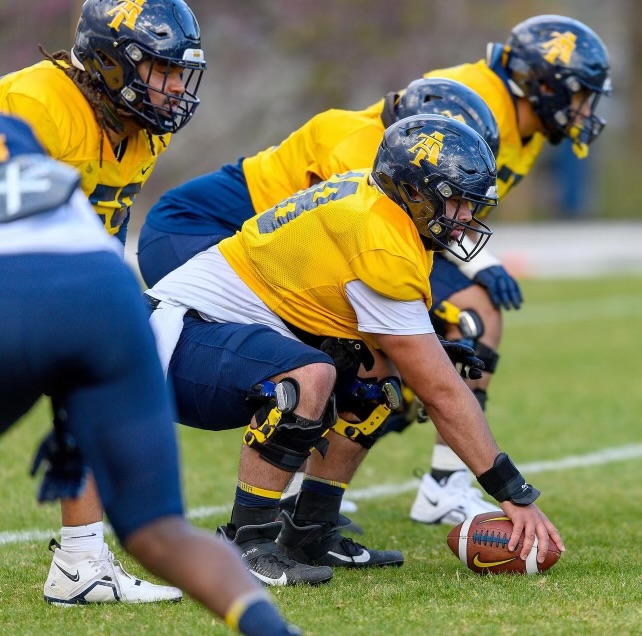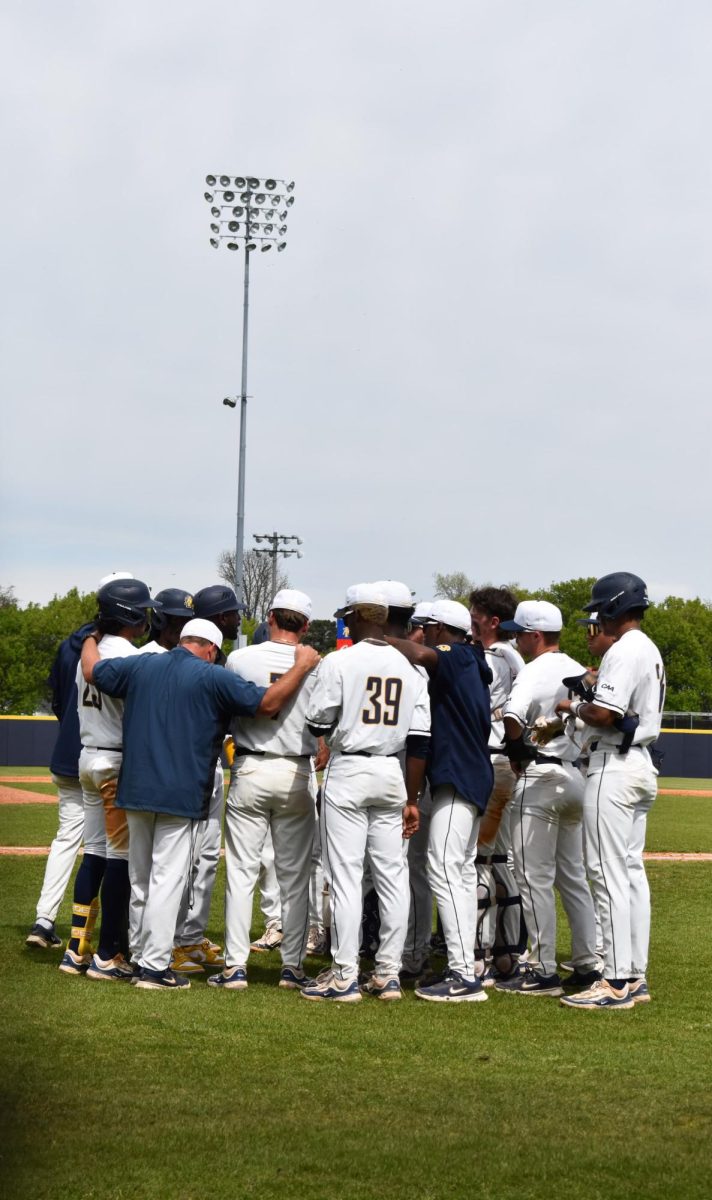Accidents can happen when you least expect them – even minor fender-benders can cause a lot of anxiety – so it’s important to know the correct steps to take.
Traffic crashes cost American motorists more than $160 billion a year according to MSN.com. If you find yourself involved in an accident, the first thing to remember is to remain calm. Next, consider these steps:
1. Check that everyone is OK
It’s important to make sure everyone in your vehicle, as well as in other vehicles involved in the accident, is OK. If someone is injured or if a car is leaking fuel, call 911 immediately.
2. Stay in the car and put on your hazard lights.
Your car may be blocking traffic, or there may be debris on the road that could hinder passing traffic. Having your hazard lights blinking will bring awareness to other drivers so they can negotiate around the crash site. Once police arrive, they may request you to move your vehicle to the side of the road and out of traffic.
3. Important calls
If there are no injuries, you should calmly call the police to report the accident. The police can help file an accident report. They will ask you for proof of your family auto insurance policy.
4. Record the scene
Many insurers recommend recording your own account of the scene including taking notes and photos, according to CNN.com. Keep a disposable camera in the glove box or use your cell phone camera.
5. Exchange insurance information
It’s a good thing to have a current auto insurance card with your information available because you will exchange this information with the other driver as well as the police. It’s smart to always keep your policy card in your purse or wallet as well as in your vehicle. Also take down the other driver’s full name, license plate number, driver’s license number, address and phone contact.
6. Call your insurance company
Call your insurance company to report exactly what happened. They will work with you through all the paperwork and help you get your car fixed. Take notes of who you spoke with as working with the same person can help streamline the process.
7. Assess the experience
After your car is fixed and the car accident is well behind you, think about what happened and how you might avoid it in the future.






